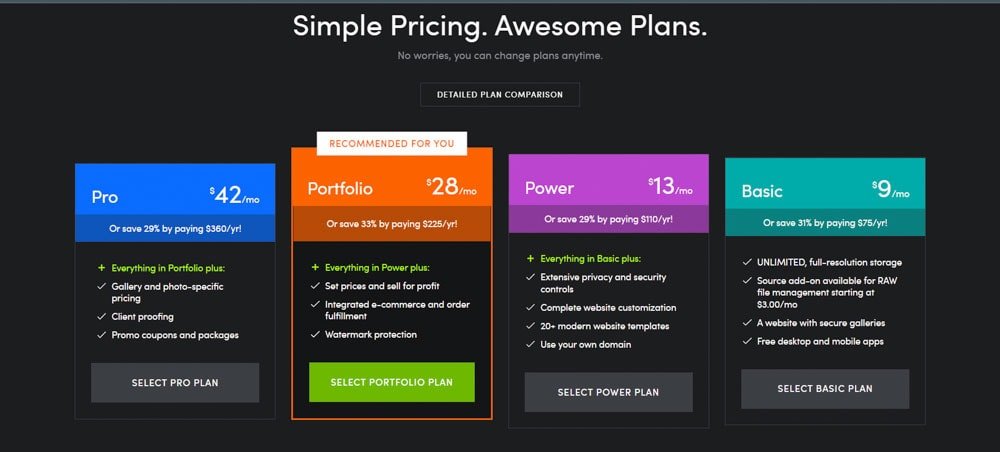In today’s digital world, social media is an essential tool for businesses and individuals to connect with their audience. While positive comments and feedback can be encouraging, negative comments are inevitable. How you respond to these comments can significantly affect your brand’s reputation and your relationship with your audience. Handling negative comments with professionalism, empathy, and a clear strategy can turn potentially harmful situations into opportunities for growth. In this guide, we’ll explore practical steps for dealing with negative comments on social media.

Stay Calm and Don’t React Emotionally
One of the most crucial steps in handling negative comments is to stay calm. It’s easy to feel defensive or upset when reading criticism, but reacting emotionally can escalate the situation. Avoid knee-jerk responses that might come across as unprofessional or angry.
Tips for Remaining Calm:
- Take a Deep Breath: Before replying, take a moment to step back and breathe.
- Pause Before Responding: Avoid responding immediately. Give yourself time to formulate a thoughtful response.
- Don’t Take It Personally: Remember that negative comments are often about the situation or product, not a personal attack on you.
Remaining composed ensures that your response is measured and respectful.
Evaluate the Comment’s Validity
Before responding to a negative comment, take a moment to assess whether the feedback is valid. Sometimes, criticism can offer valuable insights that may help you improve your product or service. Other times, comments may be unfounded or come from people who are simply venting.
What to Look for:
- Constructive Feedback: If the comment includes specific suggestions or concerns, it could be an opportunity for you to improve.
- Trolling or Spam: If the comment is rude, irrelevant, or appears to be made just to provoke a reaction, it’s best to avoid engaging.
Understanding whether the comment is genuine or just a baseless attack will help you decide how to handle the situation.
Respond Promptly, but Thoughtfully
Timely responses show that you value feedback and care about resolving issues. However, the speed at which you reply doesn’t mean sacrificing thoughtfulness. A well-crafted response will demonstrate your commitment to customer satisfaction and create a positive impression, even in the face of criticism.
Response Guidelines:
- Acknowledge the Issue: Start by acknowledging the concern or complaint. This shows that you are listening and willing to address the problem.
- Apologize if Necessary: If the issue is legitimate, offer a sincere apology. A simple “We’re sorry you had a negative experience” can go a long way in rebuilding trust.
- Be Professional: Avoid using informal language or humor that could be misinterpreted. Keep your tone respectful and professional.
Example:
“We’re really sorry to hear about your experience with our product, and we understand your frustration. We’re committed to ensuring the best possible experience, and we’d love to help resolve this issue for you.”
Offer a Solution or Way Forward
If the negative comment is based on a legitimate concern, offer a clear solution or next steps. This shows that you’re not just acknowledging the issue, but also actively working to resolve it. Whether it’s a refund, replacement, or further explanation, providing a resolution can help convert a dissatisfied customer into a loyal one.
Solution Examples:
- Refund or Exchange: “We’d be happy to offer a replacement or refund for your purchase. Please reach out to our customer service team for assistance.”
- Further Explanation: “Thank you for bringing this up. We’d be glad to clarify the issue with more details. Feel free to DM us for a more in-depth discussion.”
Being proactive in solving problems shows that you care about your customers and are willing to go the extra mile to ensure their satisfaction.
Take the Conversation Offline if Necessary
For sensitive or complicated issues, it’s often best to move the conversation away from the public eye. Respond to the comment politely, offering to resolve the issue via direct messaging or a customer service hotline. This prevents further public escalation and keeps the interaction private.
Example:
“We’d love to assist you further with this matter. Could you please send us a direct message with your order details, and we’ll make it right?”
Moving the conversation offline also reduces the risk of additional negative comments or misunderstandings in the public forum.
Conclusion
Handling negative comments on social media doesn’t have to be daunting. By staying calm, responding professionally, offering solutions, and using feedback to improve, you can turn a potentially damaging comment into an opportunity for growth. Always prioritize your audience’s concerns, and remember that how you manage negativity can leave a lasting impression on your brand’s reputation.











